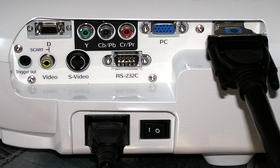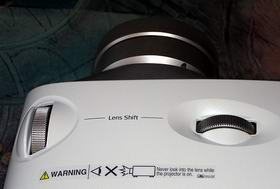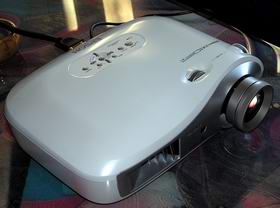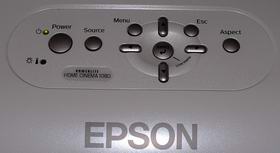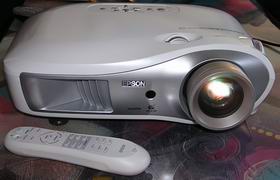- Epson Home Cinema 1080 Home Theater Projector and Pro Cinema 1080 - Overview
- Epson Cinema 1080 Projectors: Physical Tour
- Epson Home Cinema 1080 Projector Review, and Pro Cinema 1080: Image Quality
- Epson Home Cinema 1080 Projector Review,and Pro Cinema 1080: Image Quality - 1
- Epson Home Cinema 1080 Projector Review,and Pro Cinema 1080: Image Quality - 2
- Epson Home Cinema 1080 Projector Reviewand Pro Cinema 1080: Image Quality - 3
- Epson Ensemble HD 1080 Complete Home Theater System Review: Image Quality-7
- Epson Ensemble HD 1080 Complete Home Theater System Review: Image Quality-8
- Epson Home Cinema 1080 Projector Review
- Epson Home Cinema 1080 and Pro Cinema 1080 Projector Reviews - General Performance
- Epson Home Cinema 1080 and Pro Cinema 1080 Projector Reviews - General Performance - 1
- Epson Home Cinema 1080 and Pro Cinema 1080 Projector Reviews - General Performance - 2
- Epson Home Cinema 1080 and Pro Cinema 1080 Projector Reviews - General Performance - 3
- Epson Home Cinema 1080 and Pro Cinema 1080 Projector Review - Warranty
- Epson Home Cinema 1080 and Pro Cinema 1080 Projector Reviews: Summary, Pros, Cons
- Epson Home Cinema 1080 and Pro Cinema 1080 Projector Reviews: Summary, Pros, Cons - 1
- Epson Home Cinema 1080 and Pro Cinema 1080 Projector Reviews: Summary, Pros, Cons - 2
- Epson PowerLite Home Cinema 1080 Projector Specifications
- Home
- All Reviews
- By Category
- By Manufacturer
- Best Projectors for 2024
- Best 4K Projectors for 2023
- Best Laser TVs For 2023
- Best Short Throw Projectors For 2023
- Best Gaming Projectors For 2024
- Best Home Theater Projectors For 2024
- Best Bright Budget-Friendly Outdoor Projectors
- Best Battery Powered Outdoor Projectors
- Best Outdoor Projection Screens
- Best Projectors for 2024
- Industry News
- Reports
- Projector Manufacturers
- Manufacturer Terminology
- Manufacturers
- Recent Articles
- Custom Integration
- Projection Terms
- Projector Manufacturers Categories
- Videos
- Blog
Close
Menu
- All Reviews
- By Category
- By Manufacturer
- Best Projectors for 2024
- Best 4K Projectors for 2024
- Best Short Throw Projectors For 2024
- Best Projectors Under $1,000 For 2024
- Best Projectors Under $500 For 2024
- Best Laser TVs For 2024
- Best Gaming Projectors For 2024
- Best Home Theater Projectors For 2024
- Best Bright Budget-Friendly Outdoor Projectors
- Best Battery Powered Outdoor Projectors
- Best Outdoor Projection Screens
- Best Outdoor Projectors For 2024
- Best Projectors On Amazon In 2024
- Best Portable Projectors For 2024
- Best Projectors for 2024
- Latest News
- Reports & Guides
- Manufacturers
- Articles
- Custom Integration
- Projection Terms
close

